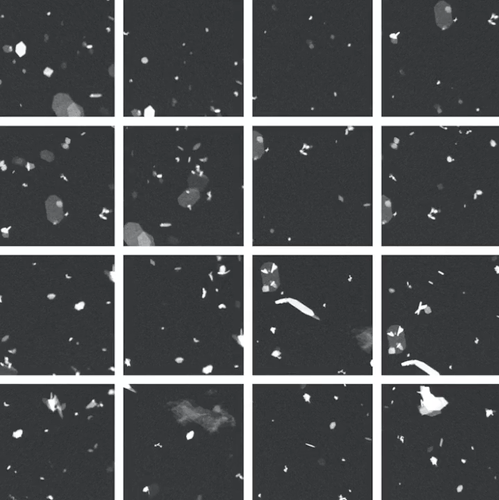Few-Shot Machine Learning Paper Published in npj Comp Mater
Our team’s latest paper on few-shot machine learning, led by Sarah Akers, has just been published in npj Computational Materials! We describe a new approach to electron microscopy using sparse data analytics, which allows us to do more with less. This will enable AI-driven experiments that change how we design materials for quantum computing, energy technologies, and more.
From the abstract:
Automatic segmentation of key microstructural features in atomic-scale electron microscope images is critical to improved understanding of structure–property relationships in many important materials and chemical systems. However, the present paradigm involves time-intensive manual analysis that is inherently biased, error-prone, and unable to accommodate the large volumes of data produced by modern instrumentation. While more automated approaches have been proposed, many are not robust to a high variety of data, and do not generalize well to diverse microstructural features and material systems. Here, we present a flexible, semi-supervised few-shot machine learning approach for segmentation of scanning transmission electron microscopy images of three oxide material systems: (1) epitaxial heterostructures of SrTiO3/Ge, (2) La0.8Sr0.2FeO3 thin films, and (3) MoO3 nanoparticles. We demonstrate that the few-shot learning method is more robust against noise, more reconfigurable, and requires less data than conventional image analysis methods. This approach can enable rapid image classification and microstructural feature mapping needed for emerging high-throughput characterization and autonomous microscope platforms.
To view the manuscript, visit: https://doi.org/10.1038/s41524-021-00652-z
To download the manuscript directly, click here.
